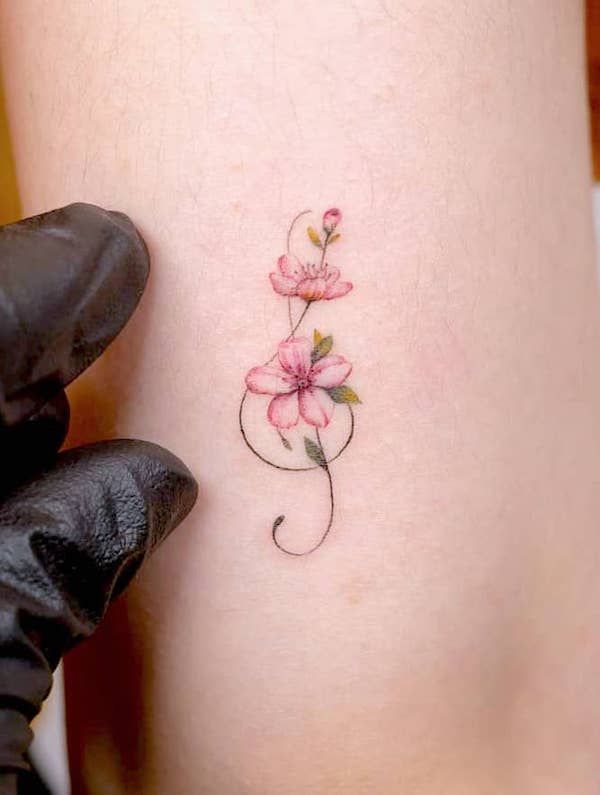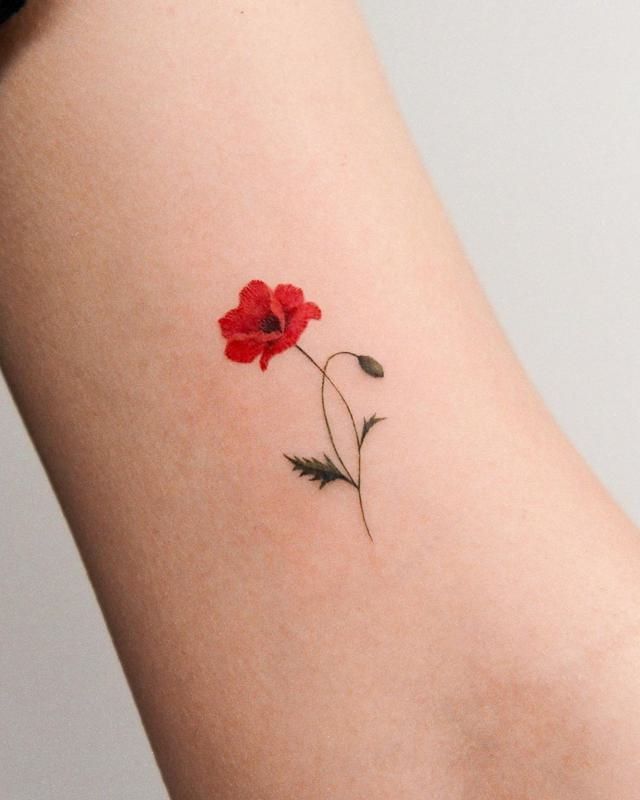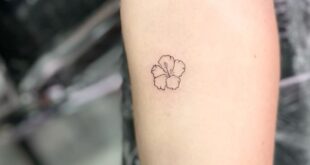Flower tattoos have become increasingly popular in recent years, and it’s not hard to see why. These beautiful and intricate designs can symbolize a wide range of emotions and meanings, making them a versatile and meaningful choice for body art.
One of the most common reasons people choose to get a flower tattoo is for its aesthetic appeal. Flowers are known for their beauty and elegance, and they can add a touch of femininity and softness to any tattoo design. Whether it’s a small and delicate rose or a bold and colorful bouquet of flowers, these designs can be customized to suit any style or preference.
But flowers are also rich in symbolism, making them a popular choice for those looking to convey a deeper meaning through their tattoos. Different flowers can represent different things – for example, a rose is often associated with love and romance, while a lotus flower symbolizes purity and enlightenment. By choosing a flower that holds personal significance, individuals can create a tattoo that has a special and personal meaning to them.
Flowers are also versatile in terms of placement on the body. They can be incorporated into larger tattoo designs or stand alone as a small and subtle piece. They can be placed on any part of the body, from the wrist or ankle to the back or chest, making them a popular choice for both men and women.
In addition to their aesthetic and symbolic value, flower tattoos also have a long and rich history. In many cultures, flowers have been used as symbols of beauty, femininity, and spirituality for centuries. From ancient Egyptian lotus flowers to traditional Japanese cherry blossoms, flowers have played a significant role in art and symbolism throughout history.
Overall, flower tattoos are a popular and meaningful choice for those looking to add a touch of beauty and symbolism to their body art. Whether you’re looking for a design that is aesthetically pleasing, emotionally meaningful, or historically significant, a flower tattoo can be a perfect choice for your next piece of body art.
 innstyled Tattoo Ideas
innstyled Tattoo Ideas




















